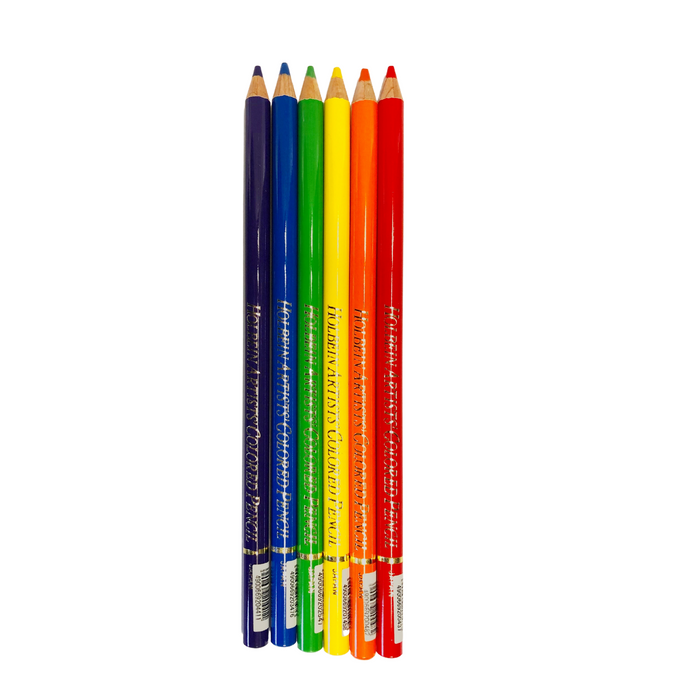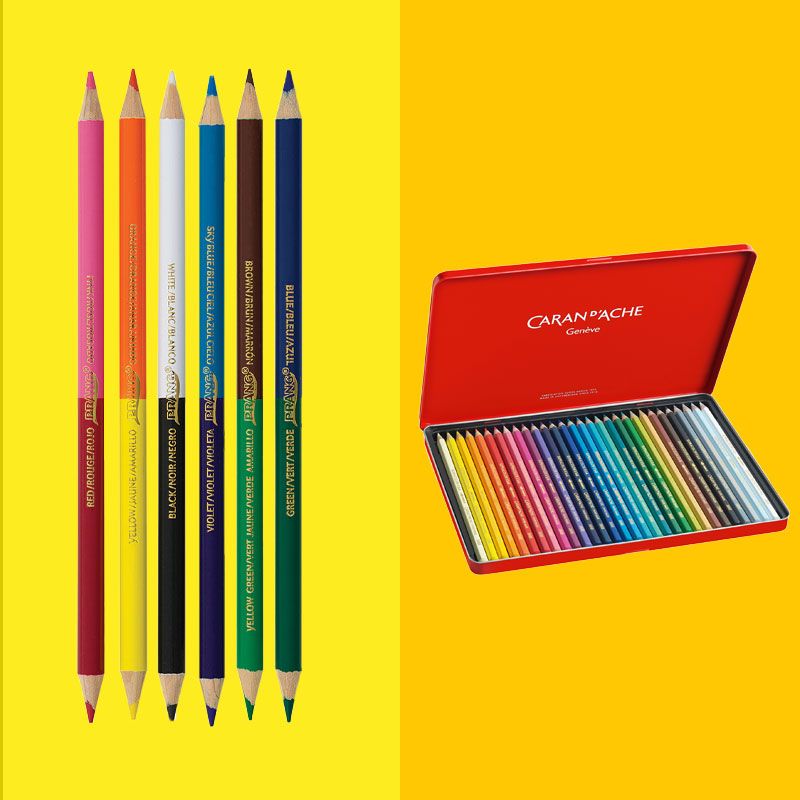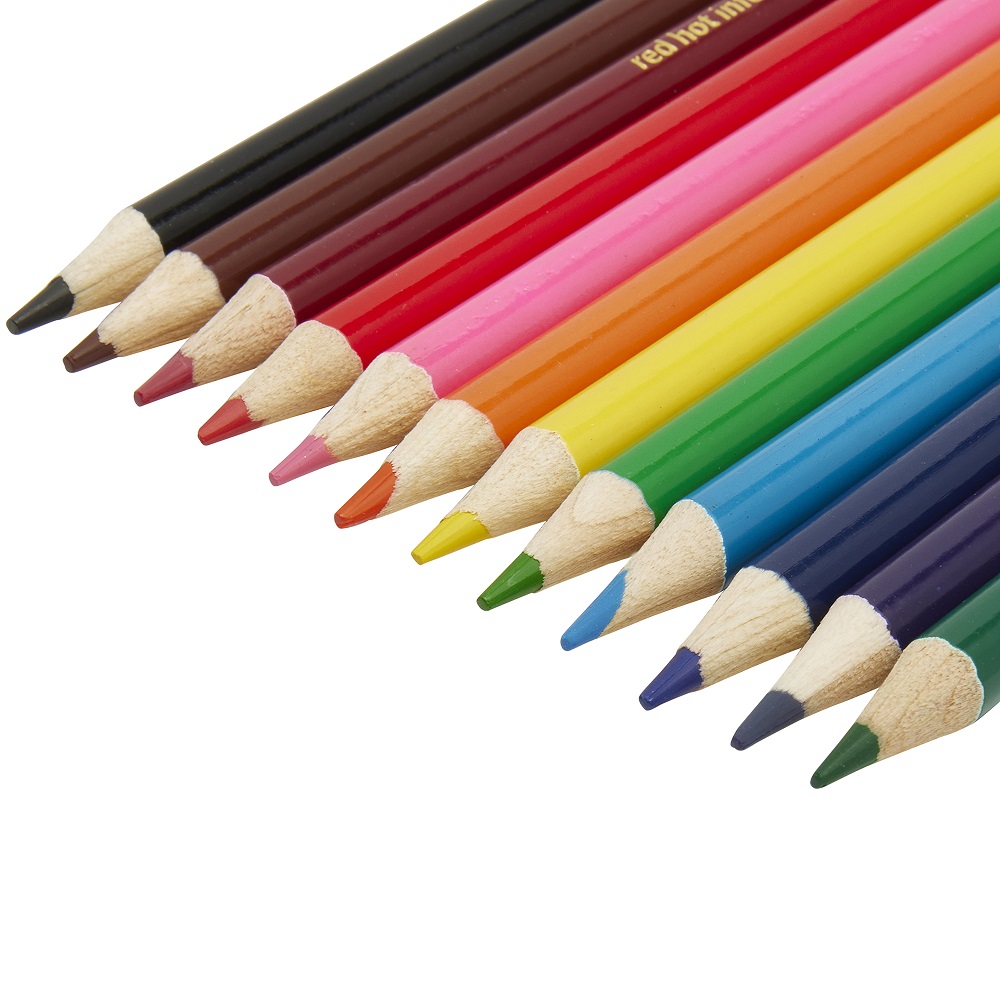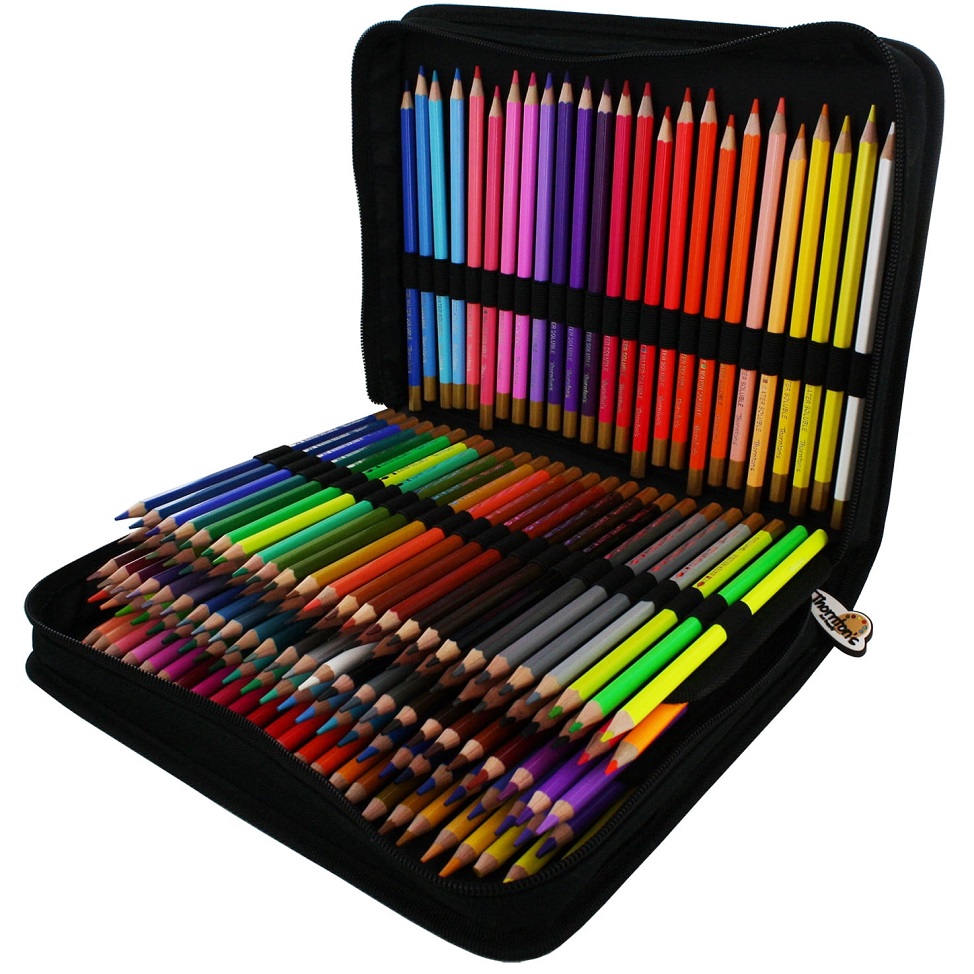Introduction
Colored pencils have a rich history that dates back centuries. It’s fascinating to trace their journey from simple artistic tools to essential items for various creative pursuits. Originally, they were made from natural pigments combined with binders. The process was rudimentary compared to today’s standards, but the result was the same: a tool that allowed artists to express their creativity.
The Origins
The colored pencil as we know it began its evolution in the late 19th century. Before this, artists used colored substances from natural materials. These materials included everything from chalk and charcoal to natural pigments sourced from minerals and plants. Artists would grind these pigments and mix them with a binding agent, then apply them to paper.

With the Industrial Revolution, processes became more standardized and efficient. Factories began mass-producing colored pencils, making them accessible to a wider audience. This accessibility led to a surge in creativity among people of all ages. Schools adopted colored pencils for teaching arts, and they became a staple in classrooms around the world. This new phase in their evolution marked a significant shift in how colored pencils were perceived. They were no longer merely for professional artists; they became a common tool for students and hobbyists alike.
The Anatomy of a Colored Pencil
To understand how colored pencils work, we should look at their composition. A typical colored pencil consists of a core made of pigment, wax, and sometimes clay. The wax allows for smooth application on paper, while the pigment provides the color. Additionally, the core is surrounded by a wooden casing. This casing protects the delicate core and provides a comfortable grip for the artist.
Different manufacturers vary the ingredients, leading to a variety in quality and application. Some pencils are softer and blend easily, while others are harder and provide more precision. Artists often have preferences based on their individual styles. This diversity allows for a range of techniques, from fine detail work to bold strokes.
Types of Colored Pencils
Colored pencils come in several types, each suited to different artistic needs. Some popular types include wax-based, oil-based, and water-soluble colored pencils. Each type has unique properties, influencing how they are used in artwork.
Wax-Based Colored Pencils
These are the most common type found in art supplies. They are easy to use and blend well. Artists appreciate their vibrant colors, which can add depth and dimension to their work. However, wax-based pencils can sometimes be prone to breakage. Care must be taken to sharpen them correctly to retain their integrity.
Oil-Based Colored Pencils
Oil-based pencils offer a different experience. They tend to be harder and provide a more precise line. These pencils are less likely to break during sharpening. They also have a unique texture that many artists enjoy. The color payoff can be stunning, allowing for rich layers. Nevertheless, they may not blend as easily as their wax-based counterparts.
Water-Soluble Colored Pencils
These pencils offer an exciting twist. Artists can use them dry, like standard colored pencils, or add water for a watercolor effect. This versatility makes them a favorite among illustrators and mixed media artists. The application can create beautiful washes, enhancing the overall artwork.
Choosing the Right Colored Pencil
Selecting the right colored pencil can be challenging due to the variety available. Artists should consider their personal preferences, the techniques they wish to explore, and their budget. Some brands offer professional-quality pencils, while others are more suited for beginners. It’s crucial to read reviews and possibly test different brands to find the best fit.

Another consideration is the color range. Ideally, an artist should choose a set that provides sufficient variety to create depth and atmosphere in their work. Look for sets that include basic colors along with some unique shades. This will enable you to experiment and push your creative boundaries.
Finally, it can also help to join art communities or forums. Engaging with other artists can provide insights into what brands and types work best for different styles. Many seasoned artists have valuable tips for beginners navigating the colored pencil landscape.
Techniques and Applications
Colored pencils are incredibly versatile tools. Artists use various techniques to achieve different effects. These techniques often depend on the type of pencil used and the desired outcome. One commonly used method is layering, where artists build up color gradually. This approach allows for depth and richness in artwork.
Artists can also utilize hatching and cross-hatching techniques. These involve applying pencil strokes at various angles and densities to create shadows and textures. This method can give illustrations a three-dimensional feel. The versatility of colored pencils allows for a broad spectrum of styles, from realistic portraits to whimsical cartoons.
Blending is another popular technique. Artists can use their fingers, a blending stump, or even a solvent to blend colors smoothly. This technique creates gradients and softer transitions between hues. Each artist has their preferences for blending tools, which can dramatically impact the final look of their work.
Tips for Mastering Colored Pencils
For artists looking to improve their skills with colored pencils, practice is essential. Regularly creating art will help you understand how to manipulate the medium effectively. Setting aside time each week for experimentation can lead to significant improvements over time.
Start with basic shapes or simple objects. This approach allows you to focus on techniques without becoming overwhelmed. Once comfortable, you can gradually increase complexity. It’s also helpful to study works from other artists for inspiration. Analyzing their techniques can provide new ideas and challenge you to try different styles.
Do not hesitate to keep a sketchbook dedicated to colored pencil practice. This can serve as a safe space to experiment and document progress. Over time, you will develop your own techniques and preferences. Keeping everything in one place also allows for easy reference when looking for inspiration.
Lastly, investing in quality paper can elevate your colored pencil experience. Different textures and weights can influence how colors look and blend. Explore various papers, such as textured or smooth surfaces, to find what suits your style best.
The Benefits of Using Colored Pencils
Colored pencils offer numerous benefits for artists of all skill levels. For one, they are portable and easy to use. Compared to other art supplies, they require less setup and cleanup. A simple sketchbook and a handful of pencils can be all an artist needs to create anywhere.

Additionally, colored pencils are relatively affordable. They provide a cost-effective option for artists looking to explore color without investing heavily in more expensive mediums. Even professional-quality colored pencils are often less costly than paints or markers.
They also promote mindfulness. Many artists find the process of coloring to be therapeutic. Choosing colors, blending, and layering can be a relaxing activity that helps reduce stress. Engaging in this creative process can also improve focus and concentration, contributing to overall well-being.
The Future of Colored Pencils
As we look forward, the future of colored pencils appears bright. With advances in technology, manufacturers continue to innovate. New formulas and production methods can lead to even better quality products. Moreover, the resurgence of interest in traditional artistic techniques is bringing colored pencils back into the limelight.
Furthermore, the incorporation of colored pencils into digital art is an exciting development. Artists are now exploring hybrid techniques that combine traditional and digital methods. This fusion allows for limitless creativity and expression. It also opens new avenues for artists to monetize their work.
Educational institutions are placing an emphasis on hands-on learning. This emphasizes the importance of practical art skills. As a result, colored pencils remain relevant in arts education. Teachers are recognizing their value as a teaching tool, allowing students to explore color theory and artistic concepts.
Conclusion: The Enduring Appeal of Colored Pencils
In summary, colored pencils remain a beloved medium for artists of all levels. They offer a unique blend of accessibility, versatility, and therapeutic benefits. The history, evolution, and variety of colored pencils all contribute to their widespread appeal.
From fun projects in classrooms to professional art practices, colored pencils have found their place in numerous contexts. As we continue to explore the possibilities with colored pencils, it’s essential to appreciate their enduring legacy. Whether you are a seasoned artist or a curious beginner, colored pencils will always be a valuable addition to your creative toolkit.
Further Exploration: The World of Colored Pencils
Artists interested in diving deeper into the world of colored pencils should explore resources available online and in print. There are numerous tutorials, videos, and classes designed to enhance skills and techniques. Engaging with other artists through forums and social media can provide motivation and new ideas.

Art supply stores often host workshops and events focused on colored pencils. Attending these can provide hands-on experience and opportunities to learn from professionals. It’s a wonderful way to connect with like-minded individuals while honing your craft.
Lastly, keep in mind that the world of colored pencils is ever-evolving. Stay curious, and don’t be afraid to experiment. The journey of mastering colored pencils can be rich and rewarding, leading to incredible artistic growth. Embrace the process, and let your creativity shine through your art.

